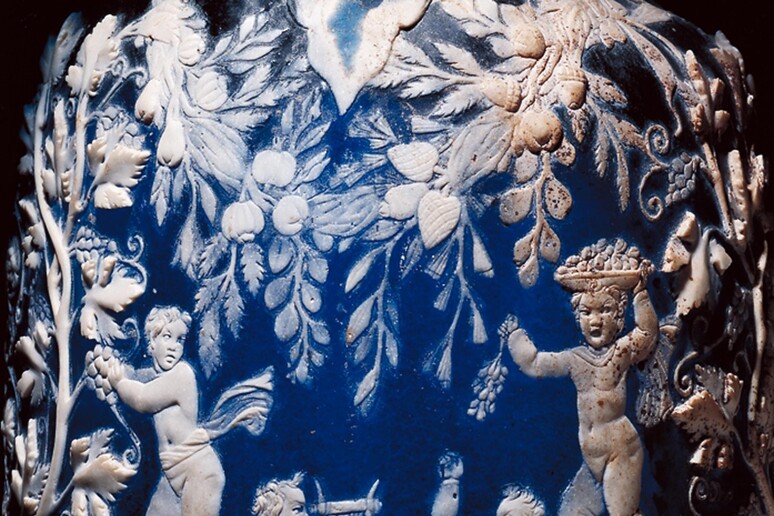Representations of nature in the
Classical world and man's interaction with his natural
environment are key themes of a new exhibition opening next week
in Milan, organizers say.
'Nature and myth, from Greece to Pompeii', opens July 31 at
Milan's Palazzo Reale and continues to January 10, 2016, with
some 200 masterpieces drawn from Italian and international
museums.
Through these, the path from Classical-era masterpieces to
the early roots of modern civilization are traced through
precious artifacts.
Painted vases, terracotta votive offerings, statues,
frescos, silver and gold jewelry all dating from the ancient
Greeks and Romans are included, with loans from the
archaeological museum in Athens, the British Museum in London,
Paris's Louvre and Vienna's Kunsthistorisches Museum as well as
frescos from Pompeii.
Gemma Sena Chiesa and Angela Pontrandolfo are the curators
of the exhibition, selecting artifacts aimed at illuminating the
history of Western civilization.
Organizers add the exhibition has been closely linked with
Milan Expo 2015 as both relate to nature and Western
civilization.
The presentation begins with works dating from the eighth
century BC and continues to the second century AD.
Organizers say it will follow six major themes, but the
main focus will concentrate on artistic production from Greece
and southern Italy in general.
Works from Hellenistic and Roman times are a secondary
theme, with a particular focus on the Vesuvius area, thanks to
the loan of outstanding pieces of Pompeian wall paintings.
Early in the exhibition are some of the first
representations of the Archaic period, representing a wilderness
made of rocks, trees, caves, populated with marine scenes.
The sea and its wildlife are a recurring theme that appears
later on coins from the area of Taranto as well as the famous
funerary paintings from the national museum at Paestum.
From there, the focus shifts to the large red-figured vases
of Magna Graecia produced in the fifth and fourth centuries BC,
featuring the fish of Puglia with realistic representations of
different species, all recognizable and still present in the
Adriatic.
Man's relationship with his environment evolves quickly
into a more symbolic sense, documented in the exceptional Tomb
of the Diver from Paestum.
This also shows the metaphorical value of individual plants
including the palm, laurel, and olive, especially in Greek
ceramics of the fifth and fourth centuries BC.
More figurative art follows the stories of Dionysus,
represented by wine; Demeter, by grain and the seasons; and
Triptolemus, the deity who teaches man to sow seeds for the
harvest.
The exhibition gradually shows the refinement of artists's
knowledge of nature, with landscape painting entering into the
art of the Hellenistic period and reached Rome from the
beginning of the first century BC.
In addition, a garden evoking the peristyle garden of
ancient Roman houses will be created behind Palazzo Reale
containing plants in use 2,000 years ago.
ALL RIGHTS RESERVED © Copyright ANSA











